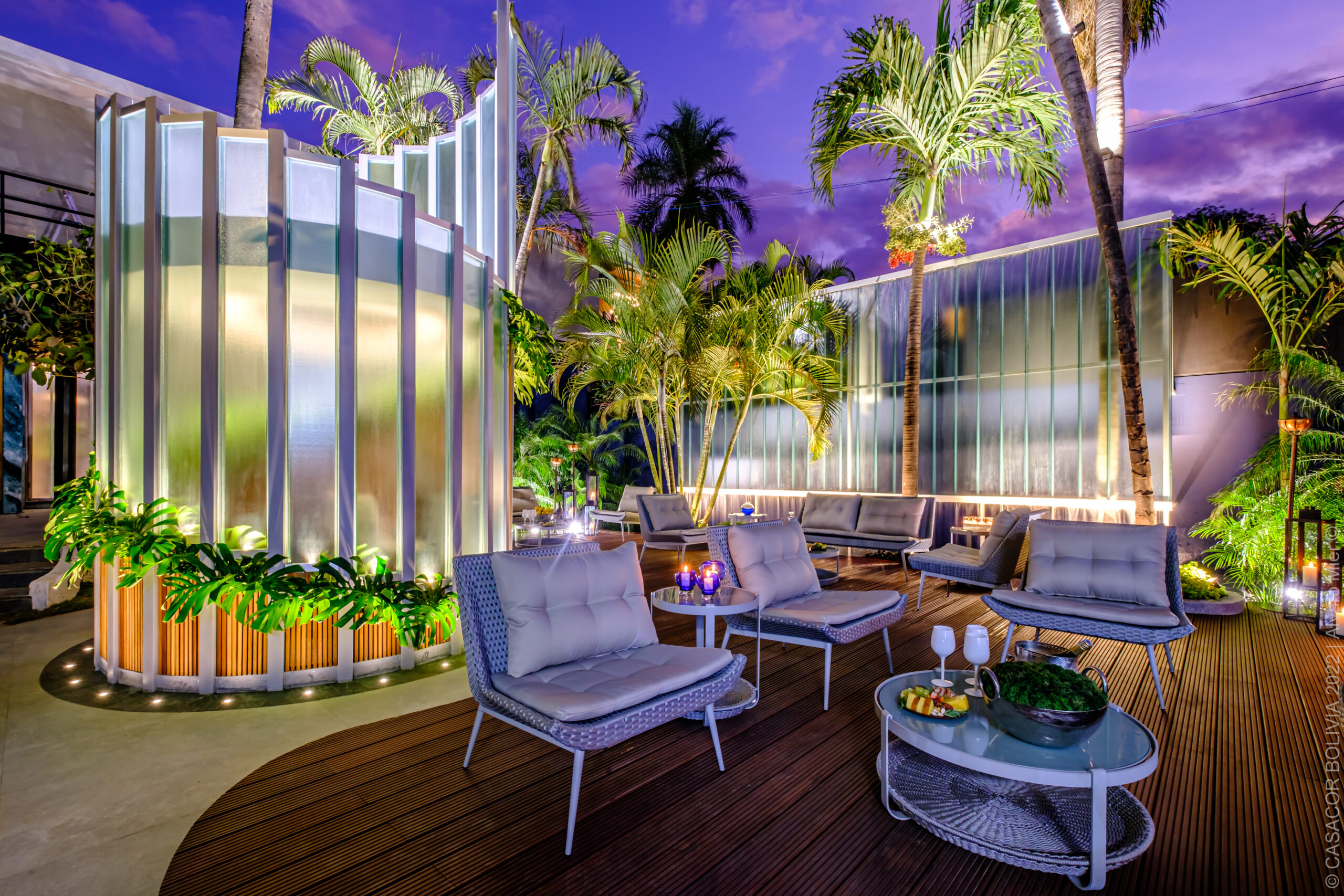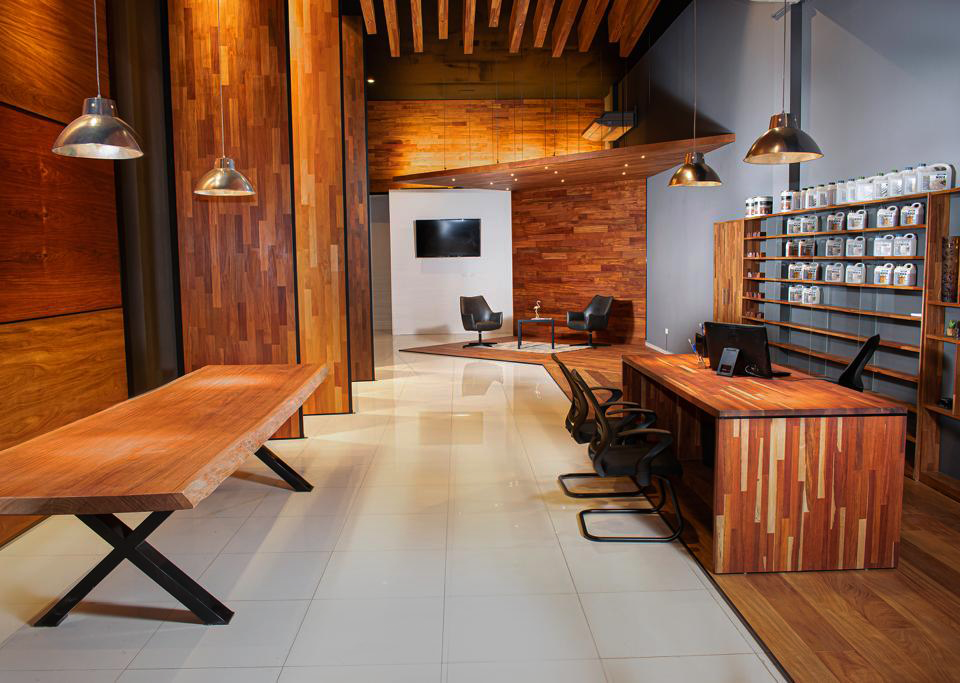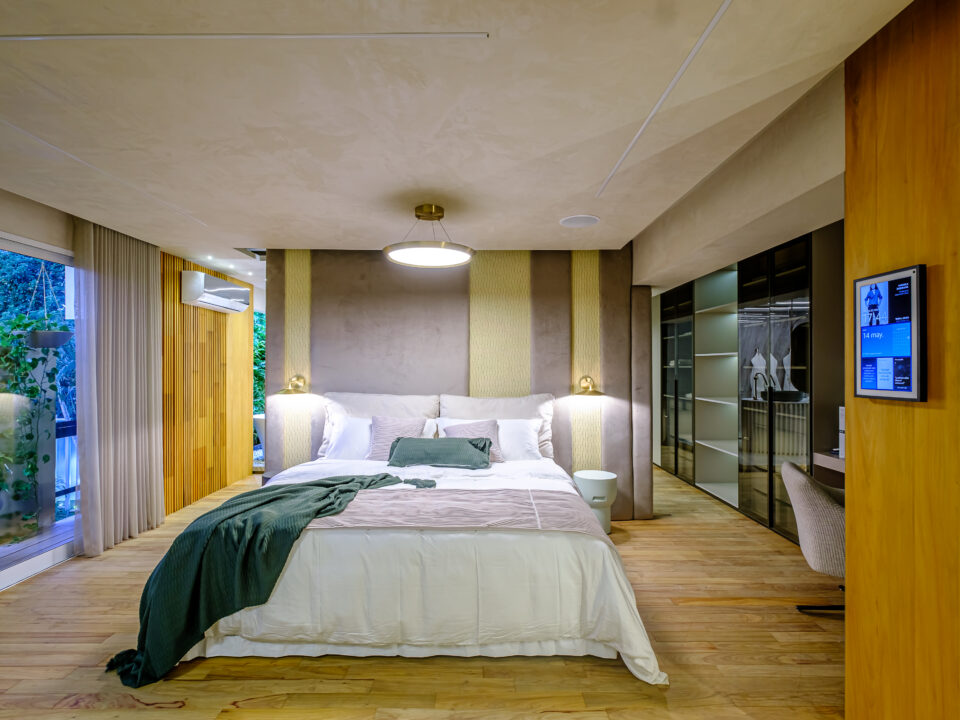Hello world!

Enhance Your Interior Projects with Premium Wood Construction

Introduction
When it comes to creating a beautiful and functional outdoor space, choosing the right materials is crucial. One such material that has gained immense popularity for outdoor decking is wood. Wood not only adds a natural and timeless appeal to your outdoor area but also offers durability and versatility. In this article, we will delve into the world of wood for outdoor decking and explore the different types, benefits, maintenance tips, and frequently asked questions to help you make an informed decision for your outdoor project.
Types of Wood for Outdoor Decking
1. Cedar: A Natural Beauty
Cedar is a popular choice for outdoor decking due to its natural beauty and exceptional durability. With its warm reddish-brown hue and distinctive grain patterns, cedar adds an inviting and rustic charm to any outdoor space. It possesses natural oils that act as preservatives, making it resistant to decay, rot, and insect damage. Additionally, cedar has excellent dimensional stability, meaning it is less likely to warp or twist over time.
2. Redwood: Timeless Elegance
Redwood is renowned for its rich reddish-brown color, making it a sought-after option for outdoor decking. Its elegant appearance and resistance to decay and insects make it a favorite among homeowners and designers alike. Redwood is also known for its natural ability to withstand various weather conditions, ensuring your deck remains beautiful and sturdy for years to come.
3. Pressure-Treated Pine: Affordable and Durable
Pressure-treated pine is a cost-effective and durable choice for outdoor decking. Through a process of pressurized treatment, chemicals are infused into the wood, making it resistant to decay, rot, and termites. It is readily available, easy to work with, and can be stained or painted to achieve the desired aesthetic. However, it's important to note that some pressure-treated pine may contain chemicals that could be harmful to plants or humans, so caution should be exercised during installation and maintenance.
4. Tropical Hardwoods: Exotic and Resilient
Tropical hardwoods, such as Ipe, Mahogany, and Teak, offer exceptional durability and resistance to harsh outdoor conditions. These woods are known for their natural oils and density, providing superior strength and longevity. While tropical hardwoods can be more expensive than other options, their exotic beauty and unmatched durability make them a worthwhile investment for those seeking a long-lasting and low-maintenance outdoor deck.
Benefits of Wood for Outdoor Decking
1. Natural Beauty
Wood has an inherent beauty that adds warmth and character to any outdoor space. Its natural grains, textures, and colors create a sense of harmony with the surroundings, making it an ideal choice for those who appreciate the aesthetics of nature.
2. Durability
When properly maintained, wood decking can last for decades. Many wood species used for outdoor decking possess natural properties that make them resistant to decay, rot, and insects, ensuring the longevity of your deck even in the face of changing weather conditions.
3. Versatility
Wood offers a wide range of design possibilities, allowing you to customize your outdoor deck according to your preferences and style. It can be stained or painted in various colors to complement your outdoor theme or left untreated to develop a graceful patina over time.
4. Environmental Sustainability
Opting for wood sourced from responsibly managed forests ensures that your outdoor decking choice is environmentally friendly. Wood is a renewable resource that can be harvested and replenished, making it a sustainable choice for outdoor projects.
Maintenance Tips for Wood Decking
To keep your wood decking looking its best and prolong its lifespan, here are some essential maintenance tips to follow:
-
Regular Cleaning: Sweep or use a leaf blower to remove debris from your deck regularly. You can also use a mild soap solution and a soft brush to gently clean the surface.
-
Stain or Seal: Applying a protective stain or sealant every few years helps maintain the wood's color and protects it from moisture and UV damage.
-
Inspect for Damage: Periodically inspect your deck for any signs of damage, such as rot or loose boards. Promptly address any issues to prevent further deterioration.
-
Avoid Harsh Chemicals: When cleaning your deck, avoid using harsh chemicals or pressure washers, as they can damage the wood fibers.
-
Trim Vegetation: Keep plants and shrubs near your deck trimmed to allow proper airflow and prevent moisture buildup, which can lead to mold and decay.
Remember, proper maintenance is key to preserving the beauty and integrity of your wood deck.


